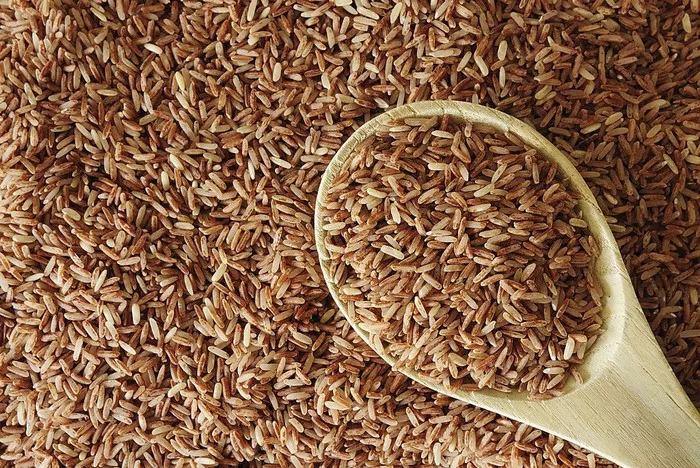Ice cream is a beloved treat for many people. Its creamy texture and delightful flavors can be hard to resist. However, for those with diabetes, enjoying ice cream can be a concern. This article explores whether diabetics can eat ice cream, the effects of ice cream on blood sugar, and tips for enjoying it responsibly.
Understanding Diabetes and Blood Sugar
What is Diabetes?
Diabetes is a chronic condition that affects how the body processes glucose, a type of sugar. There are two main types of diabetes:
Type 1 Diabetes: This is an autoimmune condition where the body does not produce insulin, a hormone needed to convert glucose into energy.
Type 2 Diabetes: This is more common and often occurs when the body does not use insulin properly or does not produce enough. It can often be managed with lifestyle changes and medication.
Blood Sugar Levels
People with diabetes need to manage their blood sugar levels. Eating foods high in sugar can cause blood glucose levels to spike. This can lead to complications over time, including heart disease, kidney damage, and nerve problems.
The Nutritional Content of Ice Cream
Sugar and Carbohydrates
Ice cream is high in sugar and carbohydrates. These ingredients can raise blood sugar levels quickly. A typical serving of regular ice cream (about half a cup) can contain:
Calories: 200-300
Carbohydrates: 25-30 grams
Sugar: 15-20 grams
For diabetics, it’s essential to be aware of these numbers. Monitoring carbohydrate intake helps manage blood sugar levels.
Fats and Proteins
Ice cream also contains fats, especially saturated fats. These fats can impact heart health, which is a critical concern for diabetics. Some ice creams may contain protein, but the amounts are usually low compared to the carbohydrates and sugars.
Can Diabetics Eat Ice Cream?
The Short Answer
Yes, diabetics can eat ice cream, but moderation is key. It is essential to choose the right type of ice cream and be mindful of portion sizes.
Considerations for Eating Ice Cream
Portion Control: Keep servings small. A half-cup serving is often recommended. This can help limit sugar and carbohydrate intake.
Types of Ice Cream: Consider alternatives to regular ice cream. Some options include:
- Low-Sugar Ice Cream: These products use sugar substitutes to lower the sugar content.
- Frozen Yogurt: Often lower in fat and sugar than traditional ice cream.
- Non-Dairy Ice Cream: Made from almond milk, coconut milk, or soy milk, these can be lower in sugar and fat.
- Gelato: Generally contains less air and can be richer in flavor, allowing for smaller serving sizes.
Timing: Eating ice cream after a meal may help prevent blood sugar spikes. Pairing it with other foods can slow down sugar absorption.
Blood Sugar Monitoring
Before and after consuming ice cream, monitor blood sugar levels. This practice helps determine how different types and amounts of ice cream affect individual blood sugar levels.
Tips for Enjoying Ice Cream as a Diabetic
Choose Wisely
Opt for ice creams that have lower sugar content. Look for those labeled “no added sugar” or “diabetic-friendly.” Reading labels is crucial. Check the total carbohydrates and sugars per serving.
Add Fiber
Enhance your ice cream by adding fiber-rich toppings, such as nuts or berries. Fiber can help slow down sugar absorption and make the treat more satisfying.
Use Sugar Substitutes
Consider making homemade ice cream using sugar substitutes. Many recipes use ingredients like:
- Stevia
- Erythritol
- Xylitol
These substitutes provide sweetness without the same blood sugar impact.
Watch for Hidden Sugars
Many ice creams contain hidden sugars, especially those with mix-ins like cookies or candies. Always check the ingredient list.
The Health Implications of Ice Cream
Weight Management
Weight can affect insulin sensitivity. If you’re managing diabetes, keeping a healthy weight is essential. Consuming high-calorie treats like ice cream should be balanced with a healthy diet and exercise.
Heart Health
Diabetes increases the risk of heart disease. Regular consumption of high-fat ice cream can further increase this risk. Choose options that are lower in saturated fats and cholesterol.
Alternatives to Ice Cream
If you’re looking for a treat but want to avoid ice cream, there are plenty of delicious alternatives:
Frozen Fruit Bars: Made with real fruit, they can be a refreshing option with lower sugar content.
Greek Yogurt: A creamy and protein-rich alternative that can be topped with fruits or nuts.
Banana Ice Cream: Blend frozen bananas to create a creamy, natural ice cream.
Conclusion
In conclusion, diabetics can enjoy ice cream in moderation. It’s essential to choose wisely, monitor portions, and understand how it affects blood sugar levels. By being informed and mindful, you can enjoy this delightful treat without compromising your health.
Managing diabetes doesn’t mean you have to miss out on enjoying treats like ice cream. With the right choices and strategies, you can indulge while keeping your blood sugar in check. Always consult with a healthcare professional or a dietitian for personalized advice.
Related topics:



























